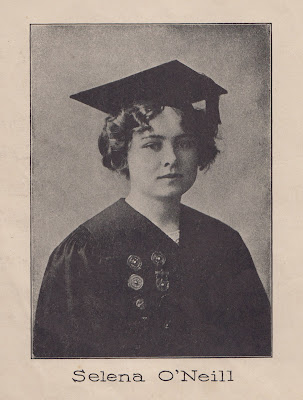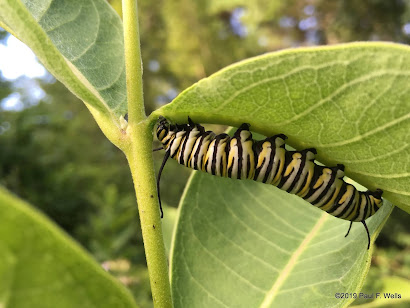This post is something I put up as a "Note" on Facebook back in 2013. It generated a considerable and gratifying amount of discussion among my friends who are into Irish music. Because it's been several years since I posted it, and because Facebook recently made some changes that have rendered "notes" extremely difficult for people to find, I've decided to re-post the story here. I take this opportunity to add some illustrations. Comments are again very much welcome! -- December, 2020
---
Some years ago I bought a copy of Capt. Francis O'Neill's Dance Music of Ireland off eBay from a seller somewhere in the UK. This was not a first edition of the 1001 Gems, but is a relatively old one. It's identified on the cover as the "11th Edition." This edition was "Edited and arranged by" Selena O'Neill (a protege of, but no relation to, the good Captain), and published by her in 1940. It carries a hand-written ownership statement identifying it as having once been the property of one J. McTernan, of Oscott College, Sutton Coldfield. Google maps tells me that this is just northeast of Birmingham, England.While this is cool in and of itself, the book carried a hidden treasure--a single sheet of music manuscript paper on which are two meticulously hand-written tunes. The toy inside the Christmas cracker, as it were. Because one of the tunes is the reel that Irish musicians all know as "Christmas Eve"--identified on the sheet by the name of its composer, Tommy Cohen (sic: Coen)--we offer it here as a small seasonal gift for all our friends, musicians and non-musicians alike. (See below for a reproduction of the entire manuscript page.)

























